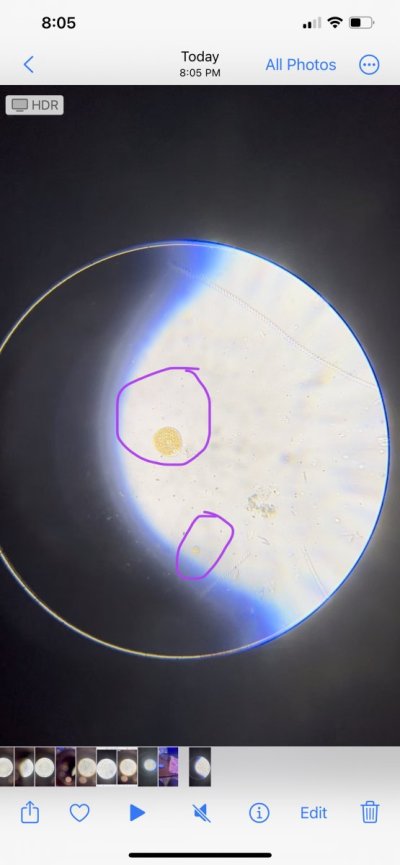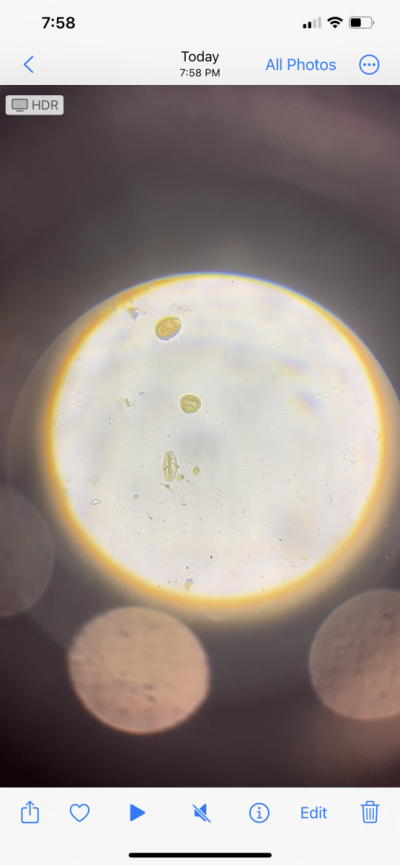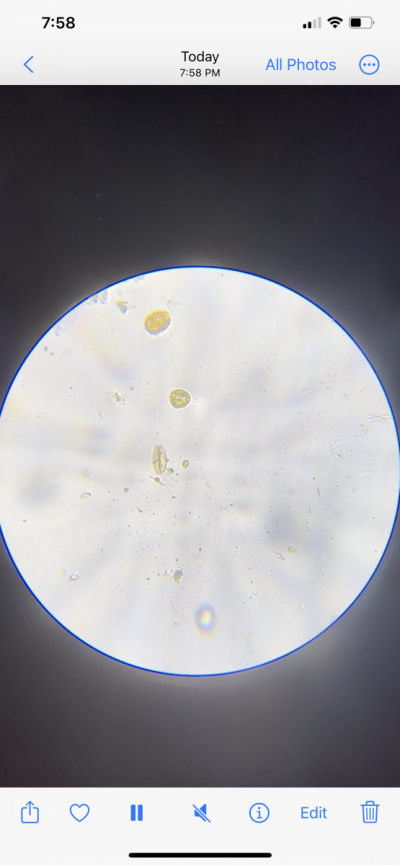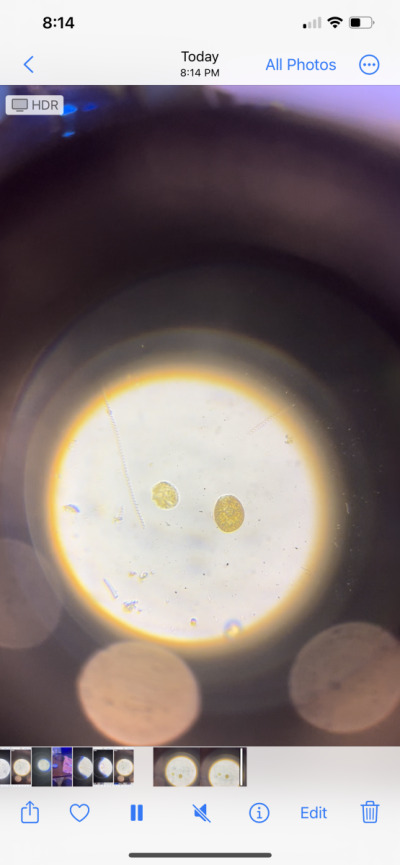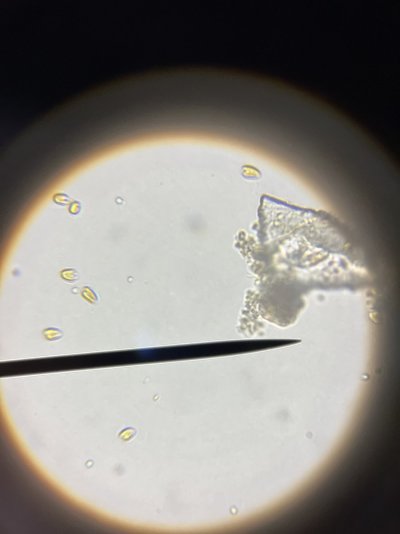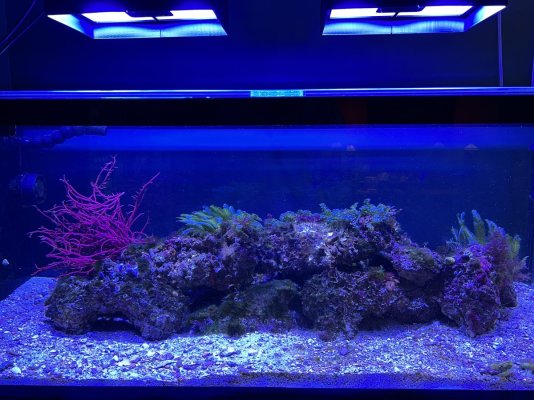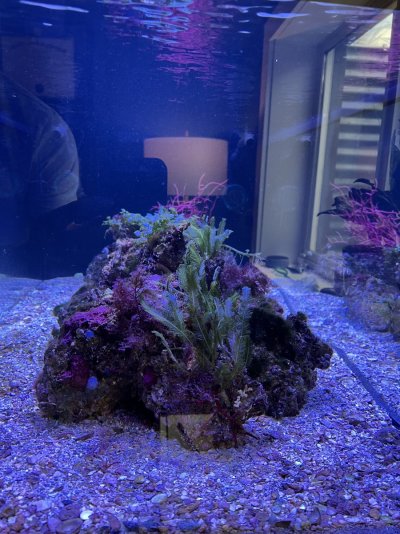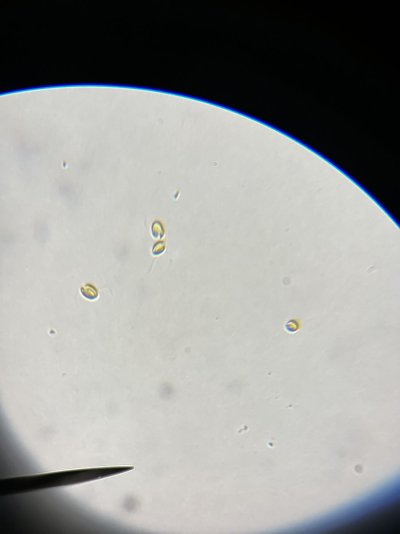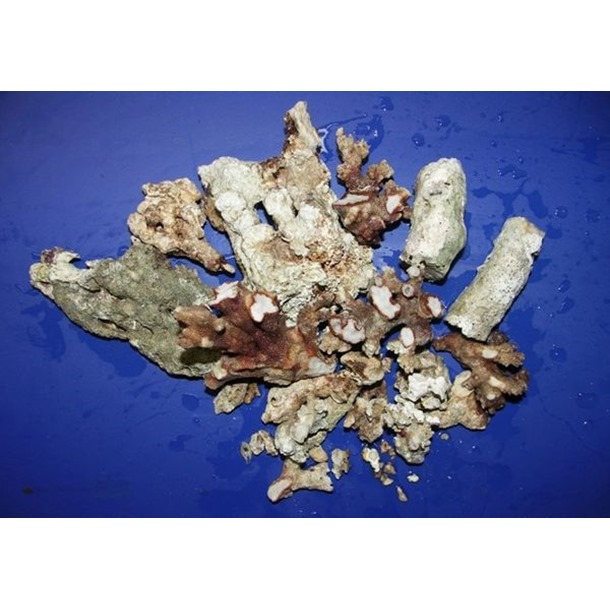Hard to tell without knowing your parameters. I can 100% say this: Dinos release toxins of varying potency based on species as many others have reported. I think some are much more insidious than others based on toxicity, whereas some just wipe everything out quick.I have a theory that dinos release something toxic into the water column.
For whatever reason, I have serious issues with my coral unless I do a water change at least every 2 weeks of 33%. I have a 300g + 60g sump, I change 100g every 2 weeks. I used to do water change every 1-2 months or less. I can't think otherwise what is forcing me to water change so much. I don't have any high nutrients. My Nitrates, Phosphates etc would be at zero if I didn't dose them. What else could be either building up or lacking in the tank?
I dose b-ionic 2 part calc/alk, neonitro, neophos, and silica every day.
I don't have rust or anything else according to lab test I do every so often. What else could be happening that forces such frequent water changes if I'm dosing. Right when I do water change, my corals look better almost same day every time. There must be something building up, or something lacking that the water change is balancing.
I had large cell ampidinium verified by microscope. They are supposed to be:
1) less toxic than some other species
2) mostly sand dwelling
During the worst part of my infestation, I had corals and snails suffer. I lost a couple Astreas and my acan and montipora suffered color and tissue issues the most out of all my corals. At first I thought it was cranking the temperature up. However, after bringing it down with no change to snail or coral health, followed by a positive change in snail/coral health AND dino demise after raising it back up to 83 deg, I ruled temperature out as the causal factor of poor health. I also had a positive effect on coral and snail health by increasing the amount and frequency of change of my Rox carbon. So, better health with increased temp, increased carbon usage, and decreased dino activity.
To me, that is a direct correlation of toxin to health. The 3 day blackout/uv/carbon/peroxide combo devastated the dinos quick and everything really started to improve as quick as the dinos were gone.
Thus, I agree, there is some toxicity as other have stated. For your plight, I would recommend confirming what kind of dinos you have, share some pics with the group, and tell us what you have been doing to fight them. I apologize if that has already been done previously in this 91 page thread. If you are not using Rox carbon and changing it once a week during a dino infestation that is something you should probably try.
Remember that a 33% water change only removes 33% of whatever is in your water. If something is producing that toxin, it will be nearly impossible to keep up with water changes as a sole method of toxin removal. Even if you were trying to remove a static level of toxin in your water, you get diminishing returns with each subsequent water change as the toxin is diluted (33% of 33% or 33% of 33%, etc).





